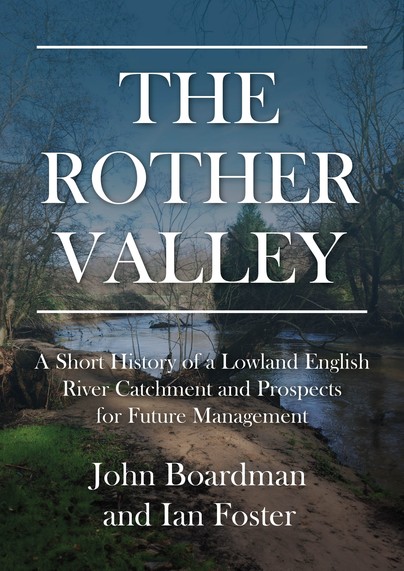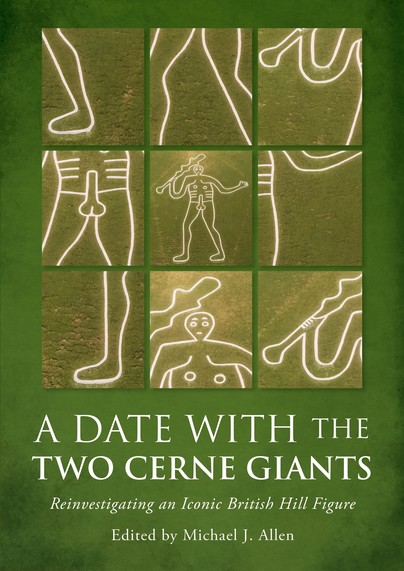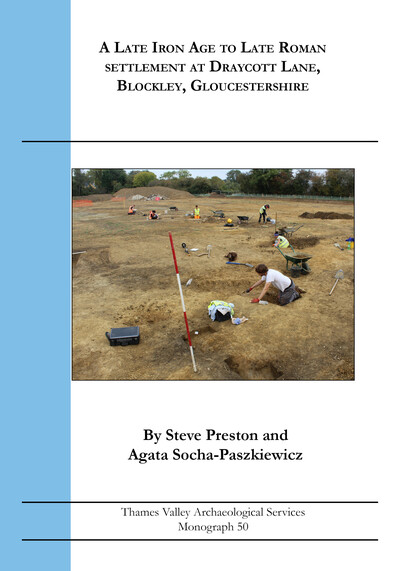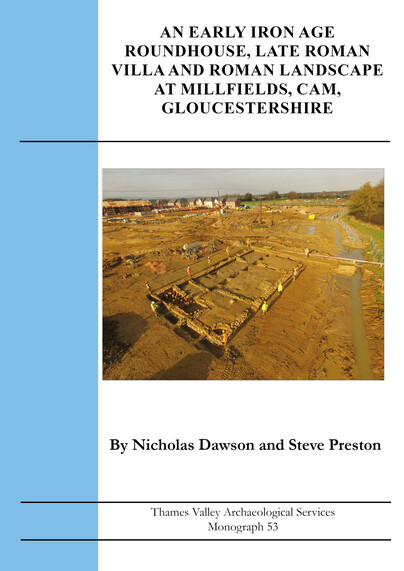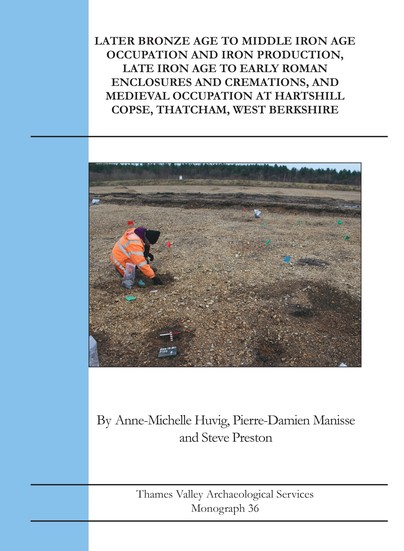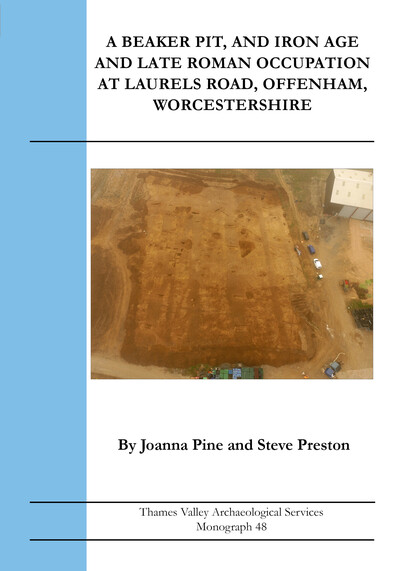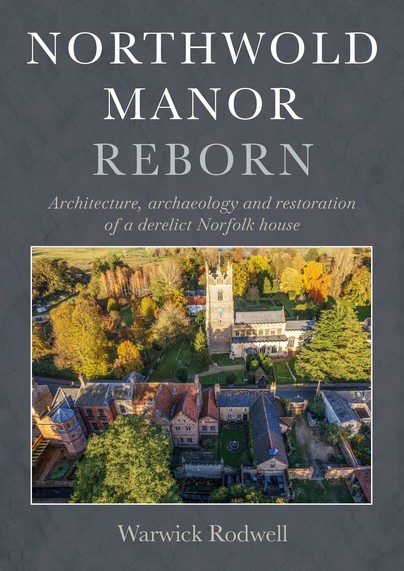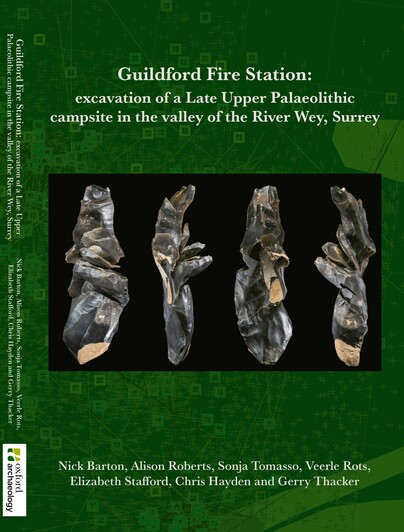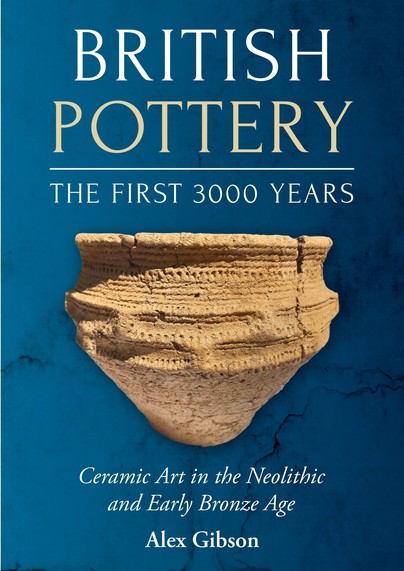
Format: Paperback
Pages: 208
ISBN: 9798888570715
Pub Date: 15 Oct 2024
Imprint: Oxbow Books
Illustrations: 70 B/W illustrations
Description:
Pottery was at the heart of the ‘Neolithic package’ appearing in Britain with the first farmers around 4000 BC. It arrived as a mature technology and was essential to the new, largely sedentary, lifestyle and economy. It transformed storage and cooking practices, and the earliest ceramics seem to have been essential equipment in the new practice of dairying.

